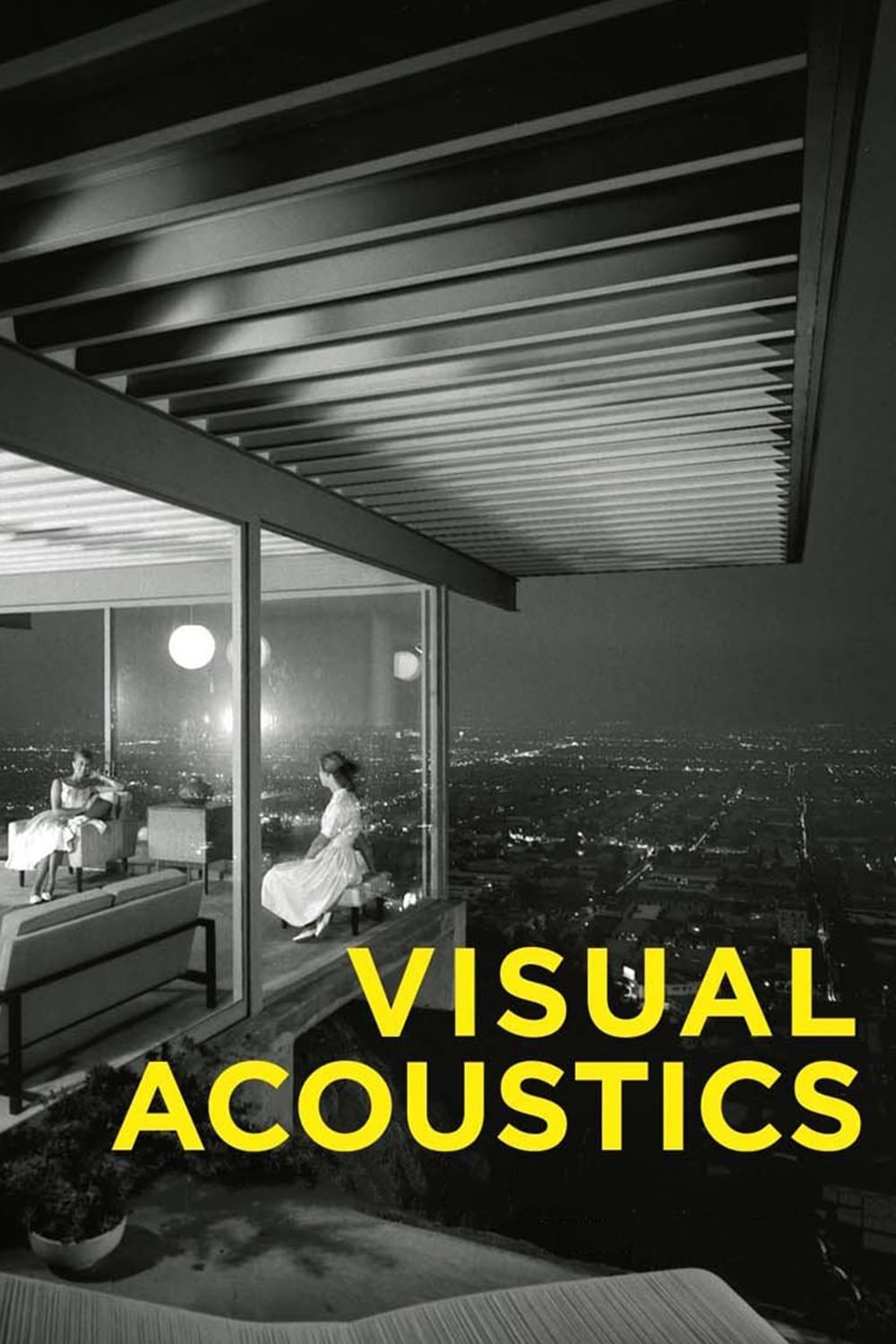
Visual Acoustics celebrates the life and career of Julius Shulman, the world's greatest architectural photographer, whose images brought modern architecture to the American mainstream. Shulman, who passed away this year, captured the work of nearly every modern and progressive architect since the 1930s including Frank Lloyd Wright, Richard Neutra, John Lautner and Frank Gehry. His images epitomized the singular beauty of Southern California's modernist movement and brought its iconic structures to the attention of the general public. This unique film is both a testament to the evolution of modern architecture and a joyful portrait of the magnetic, whip-smart gentleman who chronicled it with his unforgettable images.
26 Dec Visual Acoustics (2008)
Speaking Space
Here’s more about the challenge of architecture and cinema. It is not trivial, the problem of what spaces mean in films? What narrative role does it play? What vocabulary is relevant?
This film is rather mundane in most ways. It is a biography of a fellow of influence. He’s quirky, but always in a desirable way (so far as the entertained audience). His profession — why he is important — allows for all sorts of images, from interviews, filming of him now and in the past, silly animations, and shots of the buildings he has photographed. As a biography and film, it is something of a yawn, as ordinary as they claim the fellow to be extraordinary. But it gives an excuse to think deeply about architecture and image, about motion, space and narrative.
The context: starting in the 30s in Europe a general philosophical trend toward purity was reflected in schools of architecture. The main notion there was the use of modern materials to escape traditional constraints in form. This would allow a designer to use forms that were pure, natural, deep. Differences among groups were a matter of what path was best in finding purity, nature and depth. It was a good time.
Out of that general influence stepped some designers in Los Angeles who appropriated some principles of purity from one of these schools. Planes, power, open glass, but in an architecturally superficial way. What they did instead was separate these notions of European architecture from the narrative of real explorations into being and self into a narrative of wealth and a privileged lifestyle.
Architectural effects were neutered in the service of selling this “California Lifestyle” and reduced to powerful planes that pushed past invisible glass walls. Purity became “a good view”. Rethinking of space became simple openness. What began as a matter of meaning, turned into a matter of advertising a narrative, something of an artificial one. Sure, some of the effects in these buildings were competent, but they were largely in the same business as the television executives who bought the houses. It was a bad time.
Now, along comes a talented photographer, or rather one who would become talented and who would make this architecture famous. Why is illustrative.
His talent is the ability to make a narrative out of certain views of these accommodating structures. Or, if you please, he finds the narrative. This film is wonderful in that when you actually see him work (he still does) you can see him aligning forms so that from front to back — always in a one point perspective — there is an articulated flow that indicates energy. Many times, he uses that energy to indicate a connection with the environment. It is a masterly art, a good thing.
I did not appreciate the influence this fellow has had on cinematographers, and how they handle architecture. You need the bold planes and deep spaces of “modern” architecture for this relatively simple technique, but you can clearly see it in, say Sasha Vierny.
As to the value of the film as a film, it is far less competent than the things is speaks of, and draws on witnesses who are not worth listening to. I suppose the filmmakers will be happy if you like this charming old coot and know that somehow he was important. It succeeds at that. Folding: A visual narrative about visual narrative-making.
Posted in 2009
Ted’s Evaluation — 3 of 3: Worth watching.


No Comments